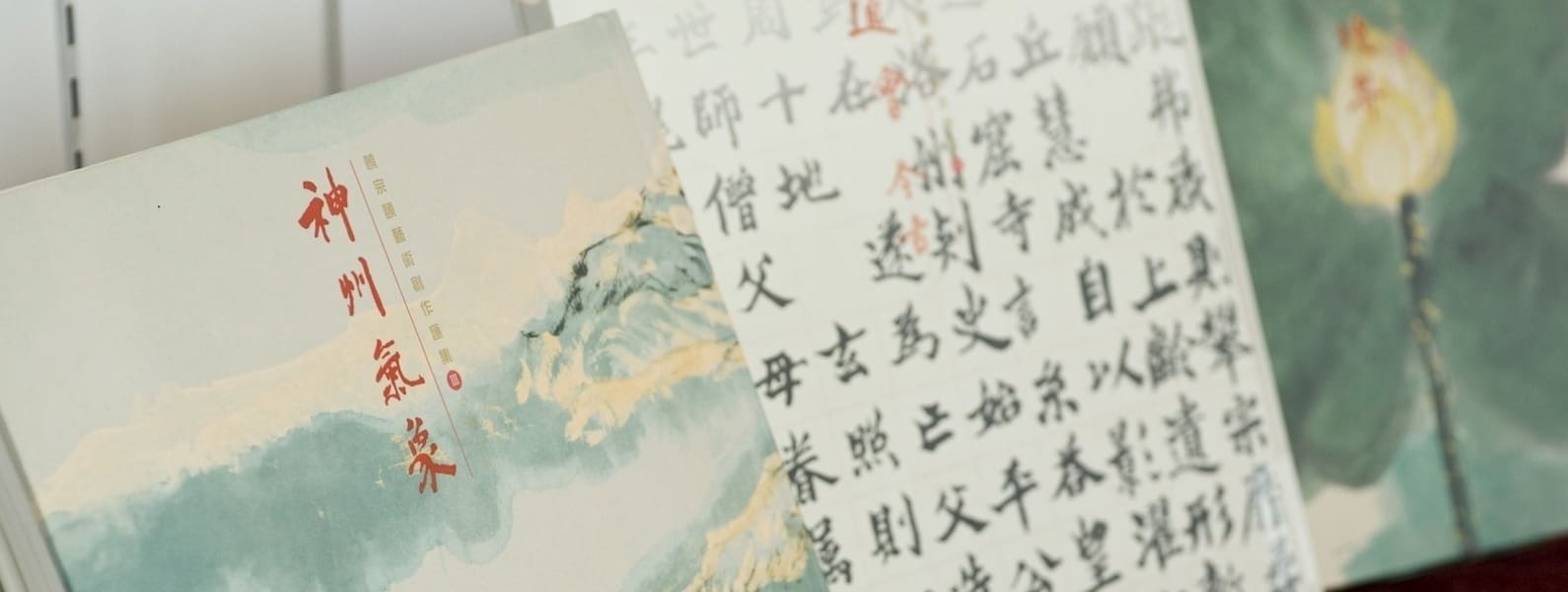Delegation Visit 2024


Representatives of the University of Notre Dame visit HKBU
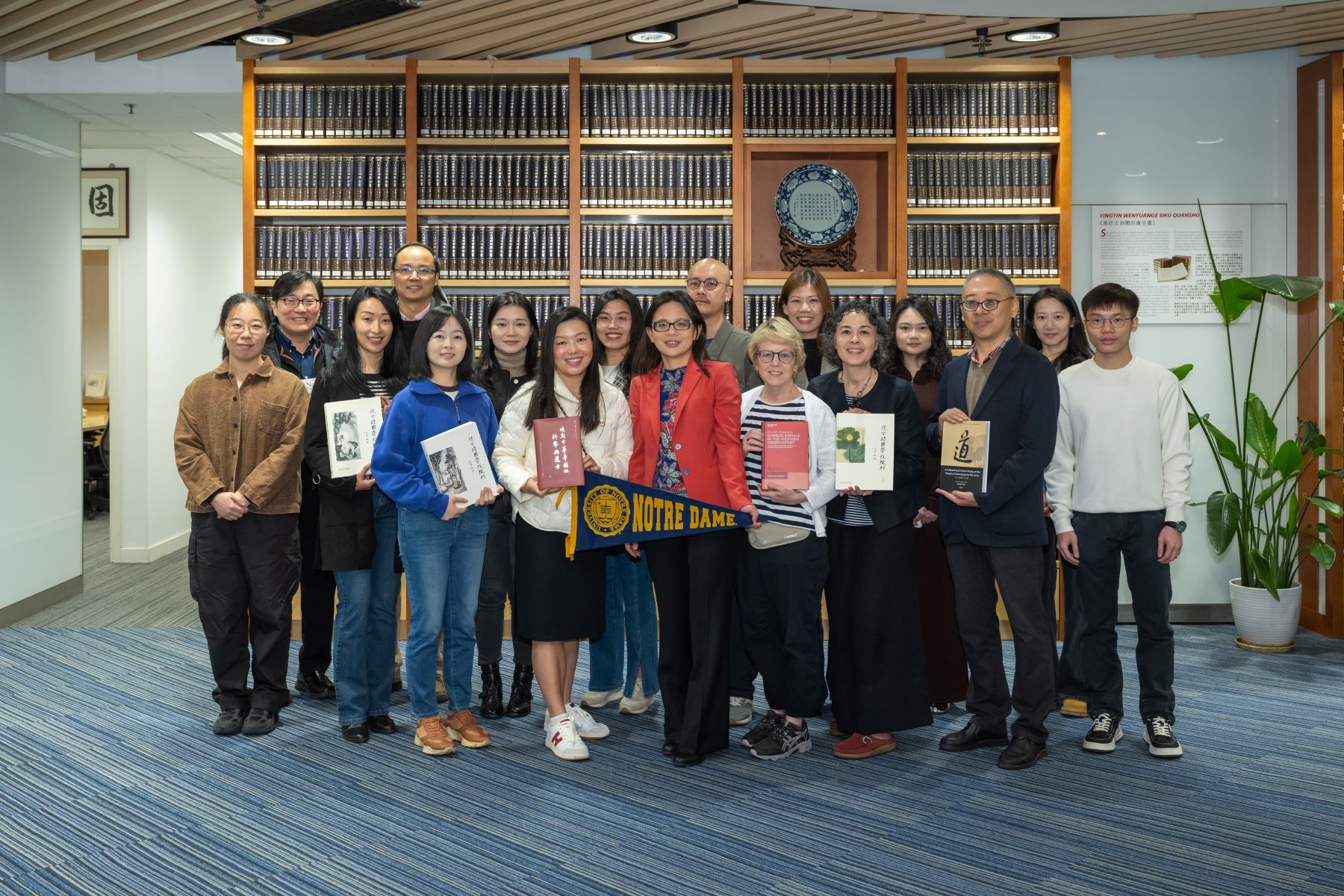

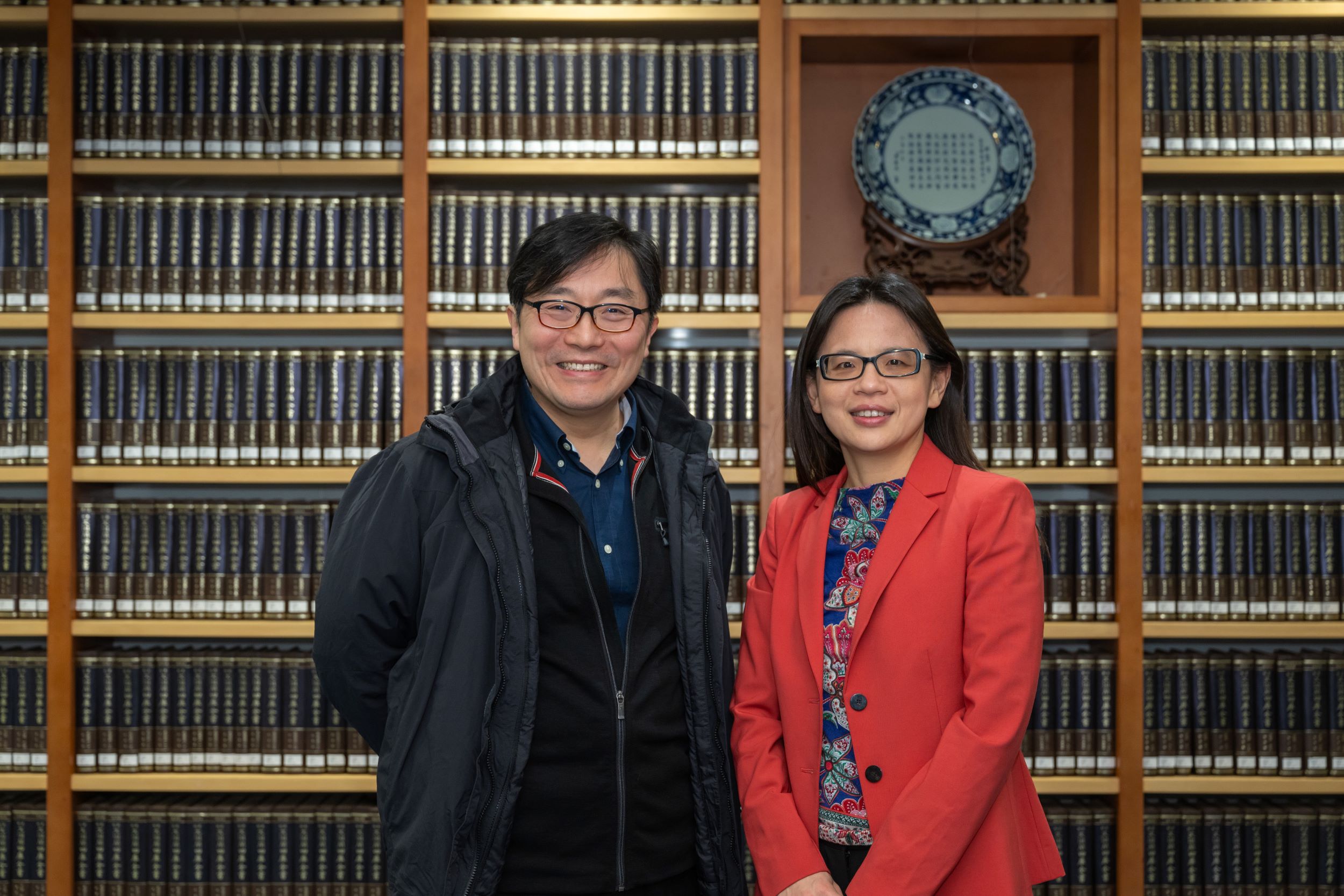

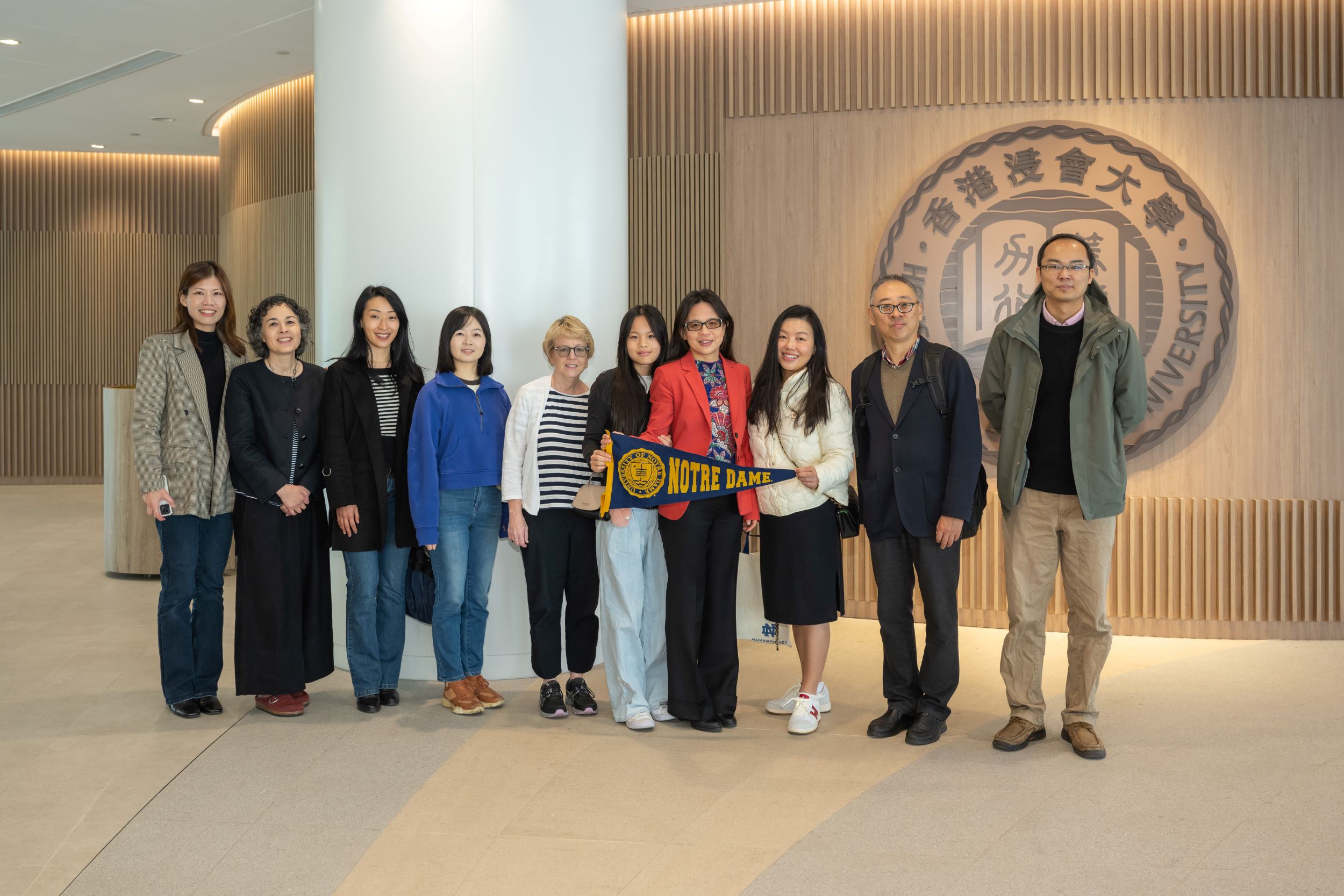

Accompanied by Professor Timothy Wong Man Kong, Director, Academy of Chinese, History, Religion and Philosophy of HKBU and the research colleagues and students of JAS, the delegation visited the Jao Tsung-I Academy of Sinology and expressed unreserved approval of its conservation, transmission, research, and promotion of Chinese classical texts.
The strong bond between the University of Notre Dame and the JAS has to be traced back since 2021, when they co-organized a new online lecture series called “Great Divergence: Law, Justice, and Empire in Comparative Perspective Series”, which aims to bridge historical research with the fields of legal studies, political sciences, sociology, and philosophy. The first topic “Rule of Law for What?: Crime and Punishment in Classical China and Rome” organized in May 2021 and the second roundtable titled “Legal Philosophy and Legal Practice in Early China and the Roman Empire” in March 2022 and the third roundtable conducted in September 2022, with the topic “Law and Morality in Early China and the Roman Empire” have attracted more than a hundred students and faculty members, as well as scholars from local and international institutions.
A visit by Dr Shi Jicheng, Associate Professor of the Center for Research on Chinese Excavated Classics and Paleography at Fudan University


On 22 January 2024, Dr Shi Jicheng, Associate Professor of the Center for Research on Chinese Excavated Classics and Paleography at Fudan University, visited the Jao Tsung-I Academy of Sinology. Both institutions have engaged in steadfast research collaboration, and Dr Shi’s visit served to add lustre to scholarly interaction between the two and was thus of great significance.


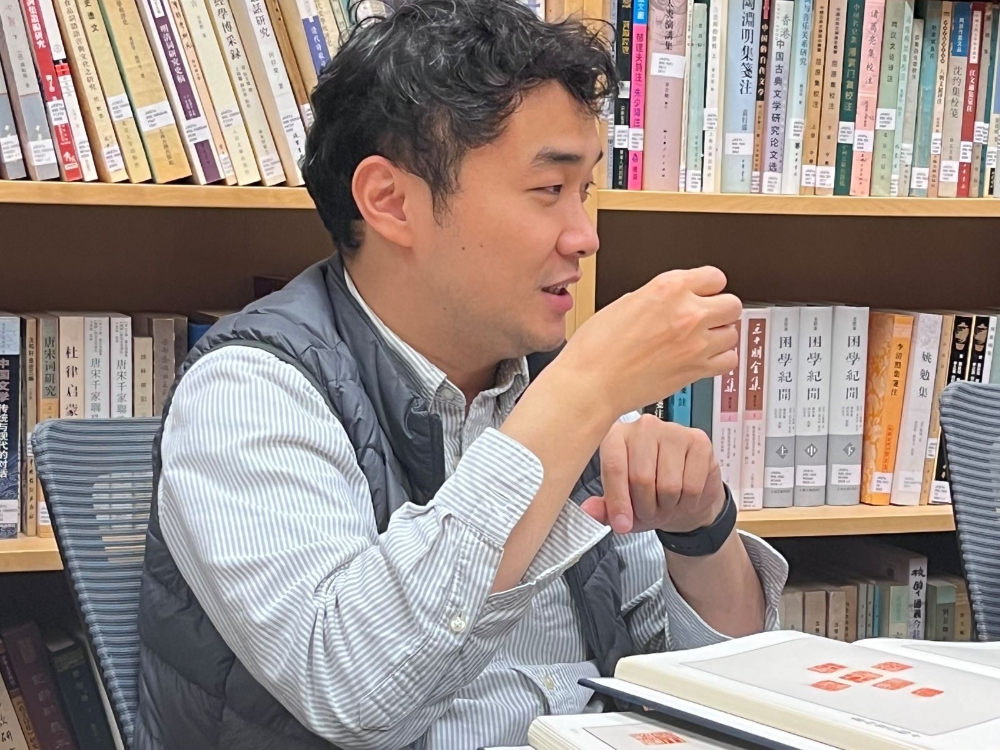

Dr Shi Jicheng shares the fruits of his research
Dr Shi currently works as an Associate Professor at the Research Center, and his interests focus on research on excavated documents, especially the paleography of unearthed literary material of the Warring States period and the Qin and Han dynasties. On this visit, he shared the fruits of his research into seals with staff and students of the Academy, taking the Shizhongshanfang yinju 十鐘山房印舉 as an example, introducing and explaining the situation pertaining to the editorial compilation and inclusion criteria of seals. To those present, he was able transmit a deeper understanding of issues such as the manufacture, cataloguing, and circulation of seals of different types, their physical forms, and collations of their imprints. Dr Shi’s personable manner and rigorous scholarship make him truly a model young scholar worthy of emulation. We earnestly hope that in the future the Academy and the Research Center will have more opportunities for scholarly exchange and to learn from one another.
